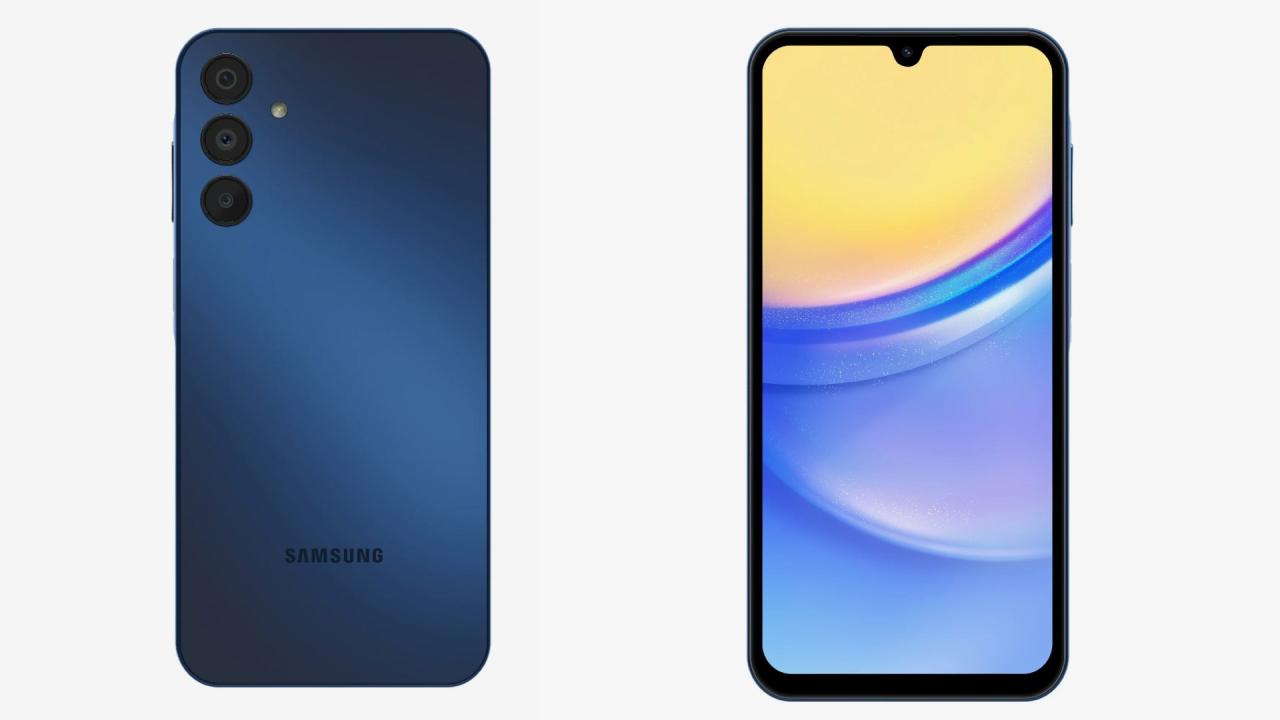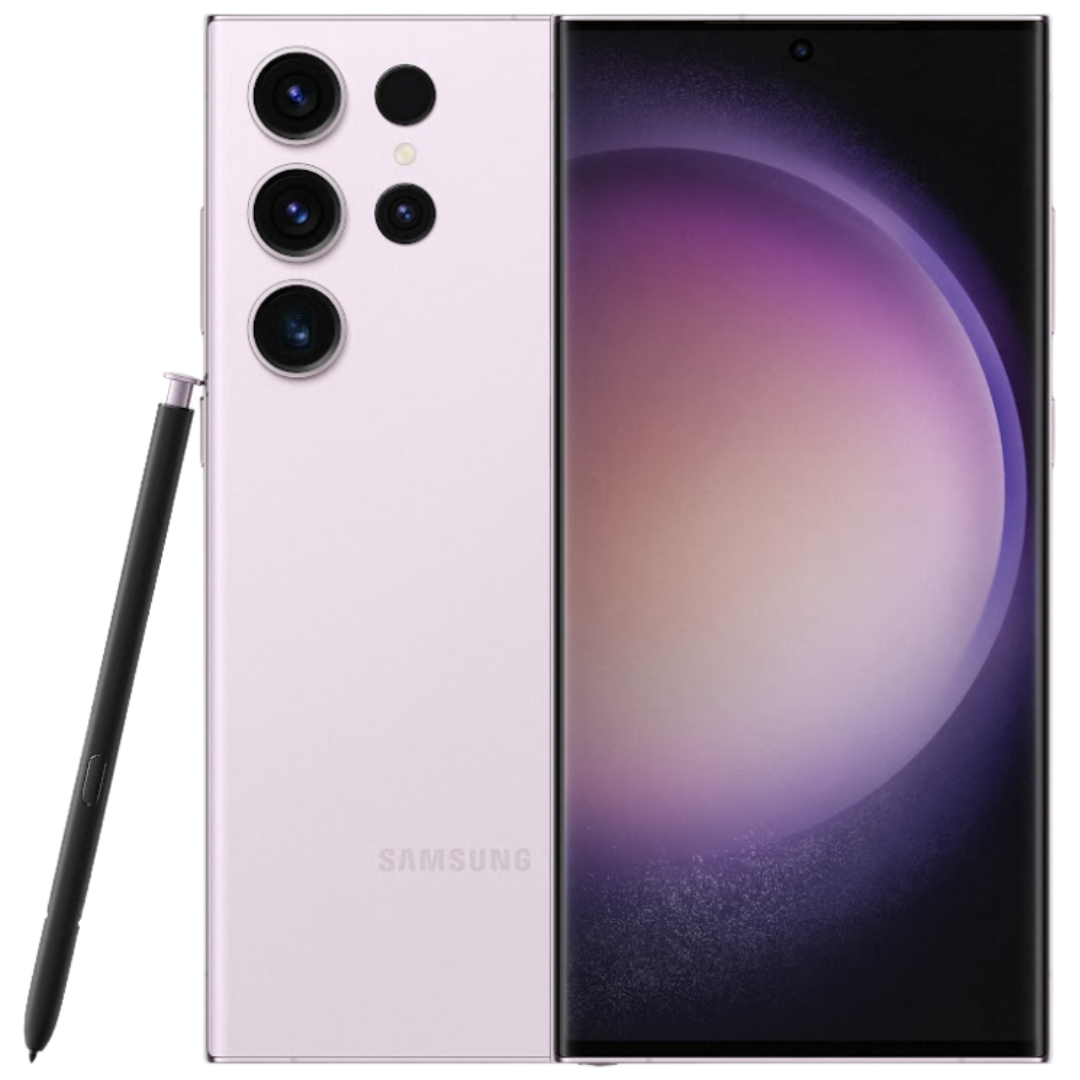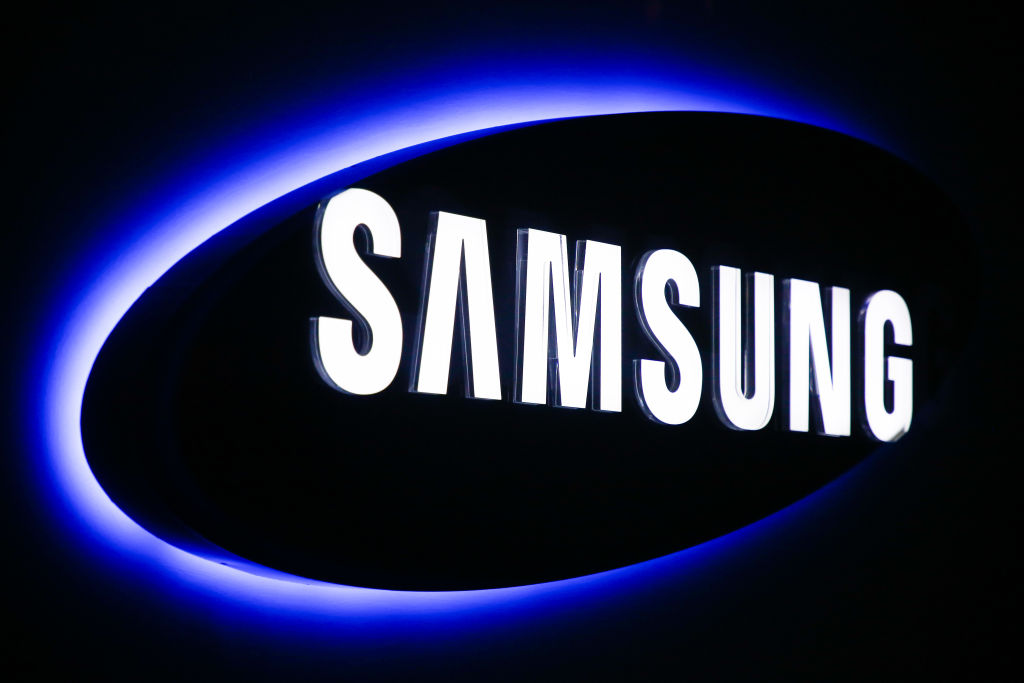samsung galaxy s 4 takes center stage as a benchmark in the smartphone industry, captivating audiences with its innovative features and stylish design. This device, launched in 2013, quickly garnered attention for its impressive performance and user-friendly software, making it a favorite among tech enthusiasts and casual users alike.
The samsung galaxy s 4 boasted a vibrant display, powerful camera capabilities, and a range of unique functionalities that set it apart from its predecessors. With its sleek design and enhanced specifications, it redefined user expectations and paved the way for future smartphone innovations.
Overview of Samsung Galaxy S4
The Samsung Galaxy S4, launched in 2013, emerged as a flagship smartphone, showcasing a balance of performance, design, and innovative features that resonated with consumers. With its sleek lines and powerful internals, the Galaxy S4 marked a significant evolution in Samsung’s smartphone lineup, establishing itself as a benchmark in the mobile industry.
The design of the Galaxy S4 was a departure from its predecessor, the Galaxy S3, introducing a more refined and premium aesthetic. One of the most notable elements was its lightweight build and thinner profile, achieved by utilizing a plastic chassis that was designed to feel sturdy yet comfortable in the hand. The 5-inch Super AMOLED display boasted Full HD resolution, delivering vibrant colors and deep contrast, setting a new standard for smartphone screens at the time. Furthermore, the S4’s ergonomics were enhanced by curved edges and a minimalistic design that gave it a modern appeal.
Key Features and Specifications
The Samsung Galaxy S4 was packed with features that not only impressed tech enthusiasts but also attracted the average consumer. Highlighting the S4’s capabilities are its specifications:
- Display: 5-inch Super AMOLED, 1920 x 1080 pixels, providing stunning visuals.
- Processor: Exynos 5 Octa or Qualcomm Snapdragon 600, ensuring robust performance for multitasking and gaming.
- RAM: 2GB, which facilitated smooth operation of applications.
- Camera: 13MP rear camera with advanced features like dual-shot and smart pause, revolutionizing mobile photography.
- Storage: Options of 16GB, 32GB, or 64GB, expandable via microSD up to 64GB, catering to various storage needs.
- Battery: 2,600 mAh, which provided ample power to support a full day of usage under regular conditions.
- Operating System: Initially shipped with Android 4.2.2 Jelly Bean, upgradable to later versions, keeping the device relevant.
The Samsung Galaxy S4 distinguished itself through several unique selling points. Features like Air Gesture and Smart Scroll allowed users to interact with the device without touching the screen, enhancing user experience through innovative technology. Additionally, the S4 came equipped with a host of health and fitness tools, including a built-in pedometer and various applications to track physical activities, appealing to health-conscious consumers.
Furthermore, the device’s integration with Samsung’s ecosystem, including services such as Samsung Hub and Samsung Knox for security, added significant value to the overall user experience. These features and specifications combined to position the Galaxy S4 as a standout device in a competitive market, ultimately contributing to its popularity and widespread acclaim upon release.
Performance and Software

The Samsung Galaxy S4, released in 2013, was designed to deliver exceptional performance and a user-friendly software experience. With specifications that were at the forefront of its time, the S4 aimed to compete with the best smartphones on the market.
Performance Benchmarks
In terms of performance, the Galaxy S4 was equipped with either a Qualcomm Snapdragon 600 or an Exynos 5 Octa processor, depending on the market. This allowed the device to achieve impressive benchmark scores. The Snapdragon variant frequently reached AnTuTu scores exceeding 25,000, putting it on par with, or even outperforming, contemporaries like the HTC One and LG G2. The combination of 2GB of RAM and advanced GPU capabilities ensured smooth multitasking and gaming experiences.
Performance benchmarks from various tests indicated that users could expect fast app launches and fluid transitions. For example, during typical everyday usage, the S4 excelled in handling resource-intensive applications, indicative of its robust hardware integration.
Software Capabilities and Features
The Samsung Galaxy S4 shipped with Android 4.2.2 Jelly Bean, layered with Samsung’s custom TouchWiz user interface. This software environment was rich in features designed to enhance user experience and productivity. Notable features included:
- Smart Scroll: This innovative feature allowed users to scroll through content simply by tilting the device, providing a seamless reading experience.
- Air Gesture: Users could control certain functions, like answering calls or browsing photos, with hand gestures without touching the screen.
- Multi-Window Support: This functionality enabled users to run two apps side-by-side, enhancing multitasking capabilities significantly.
- Group Play: A feature that allowed multiple devices to connect and share media, enabling a collaborative environment for users.
These features showcased Samsung’s commitment to creating a device that was not only powerful but also versatile and user-centric.
Impact of Software Updates, Samsung galaxy s 4
Software updates played a pivotal role in enhancing the functionality and overall performance of the Samsung Galaxy S4. As the device received updates, improvements were made in several areas, including security, performance optimization, and new features.
For instance, the update to Android 4.4 KitKat brought significant enhancements, such as improved memory management and a more refined user interface. The update allowed users to enjoy a smoother experience, further solidifying the Galaxy S4’s position among its competitors.
Additionally, security updates helped protect users from vulnerabilities, ensuring that the device remained a reliable choice for years after its release. The consistent support in software updates reflected Samsung’s dedication to maintaining the longevity of its devices, enhancing user satisfaction.
Camera and Multimedia

The Samsung Galaxy S4 was equipped with a robust camera system that aimed to compete with other flagship smartphones at the time. Its dual-camera setup and various multimedia features made it a versatile device for photography enthusiasts and casual users alike.
Camera Specifications and Capabilities
The Galaxy S4 featured a 13-megapixel rear camera and a 2-megapixel front camera, which were significant upgrades from its predecessor, the Galaxy S3. The rear camera included an f/2.2 aperture, allowing for better low-light performance and improved depth of field. Notable camera capabilities included:
- Full HD video recording at 1080p, with options for slow-motion video capture.
- Zero shutter lag, enabling users to take photos almost instantly without delay.
- Multiple shooting modes, including Drama Shot, Eraser, and Sound & Shot, enhancing creative possibilities.
- Smart Stabilization technology to reduce blurriness in images and videos.
Despite these strengths, some weaknesses were observed, such as occasional overexposure in bright light conditions and subpar low-light performance compared to its competitors. These factors influenced user experiences, especially for those who prioritized photography.
Camera Performance Comparison
When launched, the Galaxy S4 was compared to other leading smartphones like the iPhone 5 and HTC One. Each device had unique strengths:
| Smartphone | Rear Camera | Front Camera | Special Features |
|---|---|---|---|
| Samsung Galaxy S4 | 13 MP | 2 MP | Smart Stabilization, Multiple Modes |
| iPhone 5 | 8 MP | 1.2 MP | Panorama, HDR |
| HTC One | 4 MP Ultrapixel | 2 MP | Optical Image Stabilization, Zoe Mode |
The S4’s 13 MP camera provided higher resolution images compared to the iPhone 5’s 8 MP, yet the iPhone’s superior image processing often resulted in better color accuracy and low-light performance. The HTC One’s Ultrapixel technology prioritized light capture, producing excellent results in dim conditions, which was a distinct advantage.
Multimedia Features
The Samsung Galaxy S4 was not only a smartphone but also a multimedia powerhouse. Its features catered to users’ demands for entertainment and social engagement, making it a comprehensive device for modern lifestyles. Key multimedia features included:
- High-definition Super AMOLED display, enhancing video and photo viewing experiences.
- Sound Alive audio technology for an immersive sound experience.
- Multi-Window functionality, allowing users to run multiple apps simultaneously for multitasking.
- Built-in video editing tools for quick post-production adjustments.
With these features, the Galaxy S4 positioned itself as a go-to device for users who sought seamless integration of photography, video, and music, emphasizing the importance of multimedia capabilities in everyday usage. Users appreciated the ability to capture high-quality images and videos while enjoying rich audio experiences, making the Galaxy S4 a well-rounded choice during its launch year.
User Experience and Reception

The Samsung Galaxy S4 garnered a range of user experiences that highlighted its strengths and weaknesses. Users generally praised its vibrant display and high-performance capabilities, while some encountered issues with software stability and battery life. The reception of the device played a significant role in shaping consumer expectations from future smartphones.
User Reviews and Testimonials
A variety of reviews from Galaxy S4 users reflect both the excitement and frustration that accompanied the device. Many users commended the S4 for its stunning Super AMOLED display, which delivers bright colors and deep blacks, making media consumption a pleasure. Performance-wise, the device’s processing power allowed for smooth multitasking and gaming experiences, earning it accolades from tech enthusiasts.
However, some users reported frustrations with the device’s software, particularly the TouchWiz interface, which was perceived as bloated and at times slow. Additionally, battery life was a common concern, with many users expressing disappointment over the phone’s ability to sustain prolonged usage without needing a charge.
“The screen is mesmerizing, but the battery life could be better.” – A typical user review
Common Issues and Suggested Solutions
While the Galaxy S4 was a popular choice, users did face various challenges. Below are common issues reported by users along with suggested solutions:
The following points summarize the notable challenges and their workarounds:
- Battery Drain: Users experienced rapid battery depletion.
Solution: Reducing screen brightness, disabling unnecessary background apps, and using power-saving mode can help extend battery life. - Overheating: Some users reported the device getting excessively hot during use.
Solution: Avoiding heavy multitasking and running demanding applications can minimize overheating. - Software Glitches: Occasional lags or crashes were noted.
Solution: Regularly updating the software and performing factory resets often resolve these issues.
Long-Term Impact on Consumer Expectations
The Samsung Galaxy S4 set a benchmark for future smartphone designs and features. Its introduction of a full HD display, advanced camera capabilities, and innovative features like Smart Scroll and Air Gesture pushed competitors to elevate their offerings.
Consumers began to expect higher-quality displays and more robust cameras as standard features in smartphones, driving manufacturers to innovate further. The push for better battery management and user-friendly interfaces became a focus for many brands, as the S4 demonstrated the importance of both performance and usability.
The legacy of the Galaxy S4 remains evident in the evolution of smartphone technology, with many modern devices incorporating similar traits that focus on delivering an exceptional user experience while addressing the concerns raised by S4 users.
FAQ Section: Samsung Galaxy S 4
What were the key features of the samsung galaxy s 4?
The samsung galaxy s 4 featured a 5-inch Super AMOLED display, a 13 MP rear camera, and advanced software capabilities like Air Gesture and Smart Pause.
How did the samsung galaxy s 4 perform in benchmarks?
In performance benchmarks, the samsung galaxy s 4 was one of the fastest smartphones of its time, often outperforming its competitors in speed and multitasking capabilities.
What camera features set the samsung galaxy s 4 apart?
The samsung galaxy s 4 offered dual camera functionality, allowing users to capture photos from both the front and rear cameras simultaneously, which was a unique feature at its launch.
What were common issues faced by samsung galaxy s 4 users?
Some users reported battery drain issues and occasional software glitches, which could often be resolved through updates or resets.
How did the samsung galaxy s 4 influence future smartphones?
The samsung galaxy s 4 set new standards for display quality, camera capabilities, and user interface features, influencing the design and functionality of subsequent smartphone models.
The Samsung Galaxy Note10 stands out with its stunning display and powerful performance, making it a favorite among tech enthusiasts. Its S Pen feature enhances productivity, allowing users to take notes and sketches with ease. With a sleek design and impressive camera capabilities, this device is not just about aesthetics; it’s built to perform in every aspect of daily use.
If you’re looking for something innovative, the LG Flex introduces a unique approach to smartphone design with its flexible display technology. This device offers a transformative experience, adapting to user needs while maintaining functionality. The combination of versatility and cutting-edge features makes the LG Flex a notable contender in the ever-evolving smartphone market.
